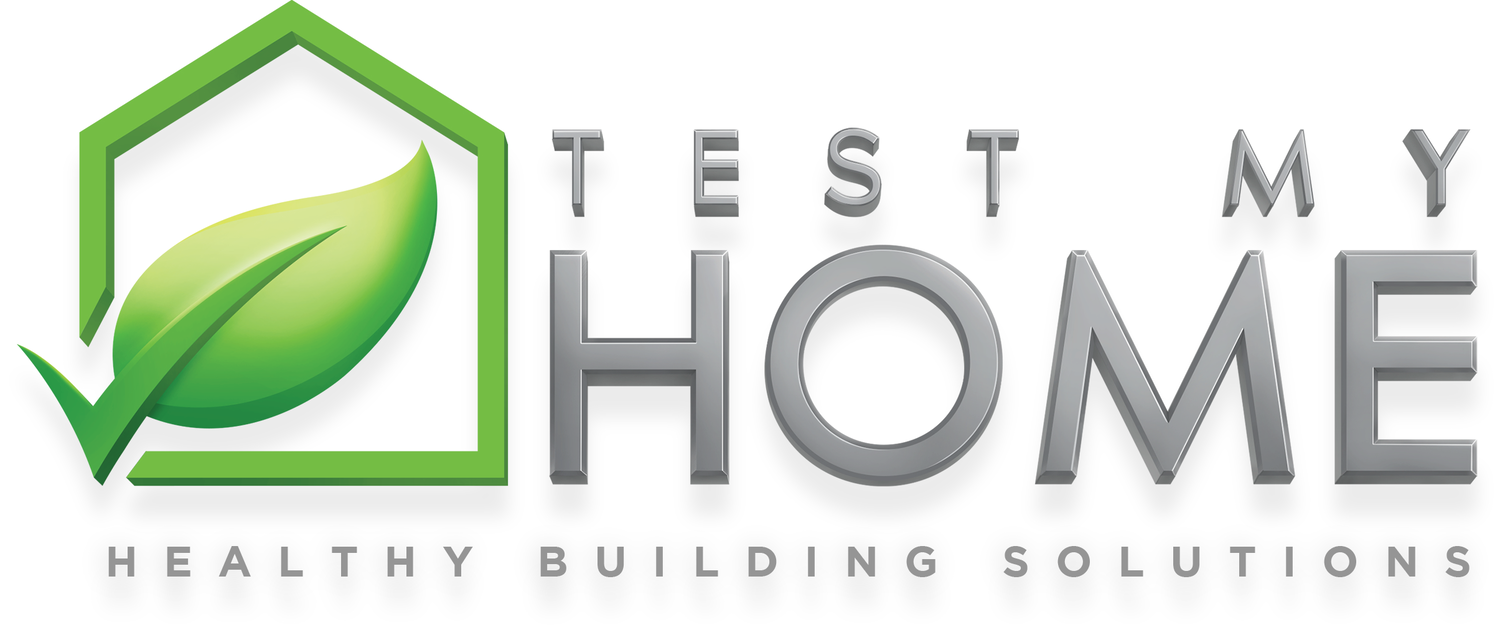A mold inspection will provide you peace of mind in the event of a spore outbreak. Recent studies indicate that young children are especially susceptible to developing allergies and asthma from exposure to high levels of mold spores. If you are a parent or a guardian who is concerned about your children's health, a mold inspection is essential. You will receive a detailed report with recommendations on addressing the problem areas.
The first step in the remediation process is determining if your home is affected by a mold infestation. Many homeowners are not aware of the risks that mold can pose. However, if you think you have a problem, a mold inspector can help you find the best solution to eliminate the problem. A mold inspection can help you avoid the risk of developing allergies or other health problems and get rid of mold in your home.
A mold inspector will perform a visual inspection. Some molds may need to be tested via air or surface sampling. Surface sampling involves swabbing a surface to determine if it contains any spores. In addition, air sampling requires the collection of air from various home areas. This is done to detect airborne spores, which cause the mold to grow.
Testing the air and samples for mold will be the next step. If the results show that your home has a mold infestation, a mold inspector will do a post-mold clearance test to ensure that the mold counts have returned to normal. A post-mold clearance test will be necessary to ensure that the mold count has returned to normal. You can rest assured that the health risks are well worth the cost when you have a mold inspection.
A mold inspector will first conduct a visual inspection. After that, they may also need to collect air and surface samples. In the case of a surface sample, the inspector will need to remove any suspected wallpaper or caulk. If a mold sample is found, the inspector will send it to a laboratory to be tested. The laboratory test is the only way to determine whether a mold inspection is necessary.
The inspector will perform a visual inspection and may need to conduct air and surface sampling. The latter method requires using a swab to collect the mold spores. Afterward, the inspector will send the air and surface samples to a laboratory for further analysis. If a surface sample is positive, the inspector will need to conduct an air sampling to confirm the presence of mold spores.

